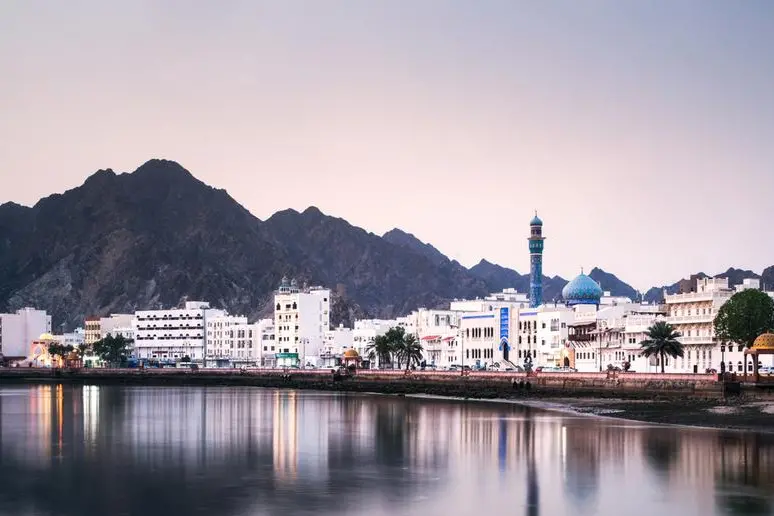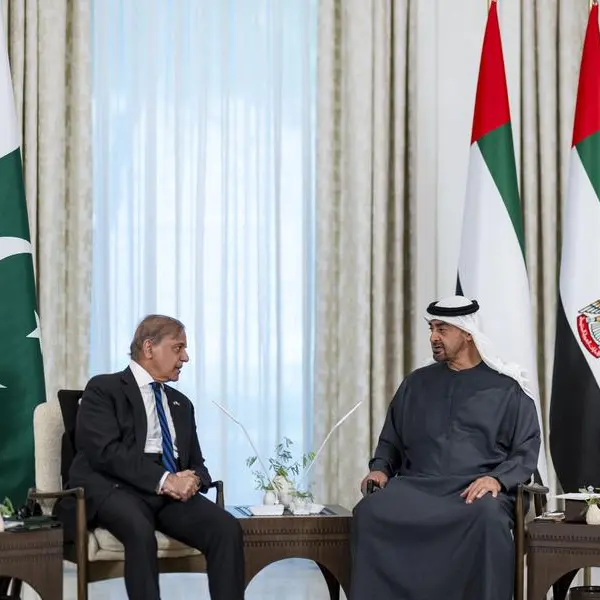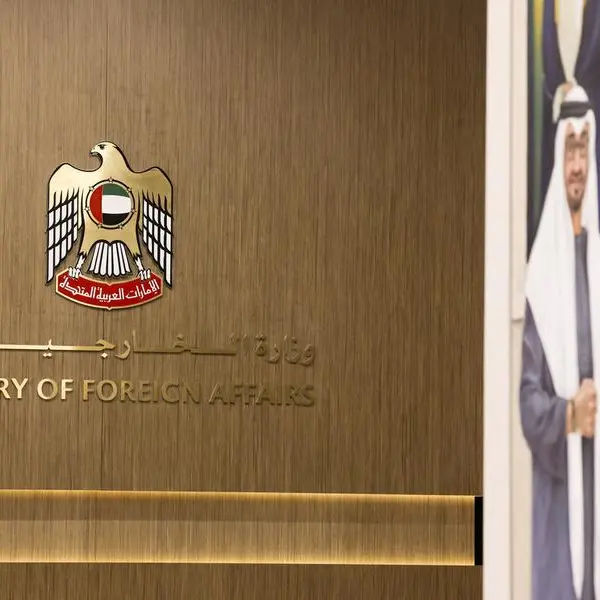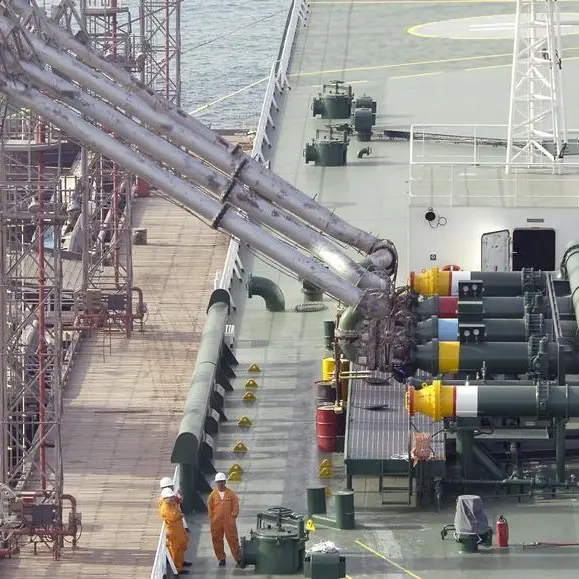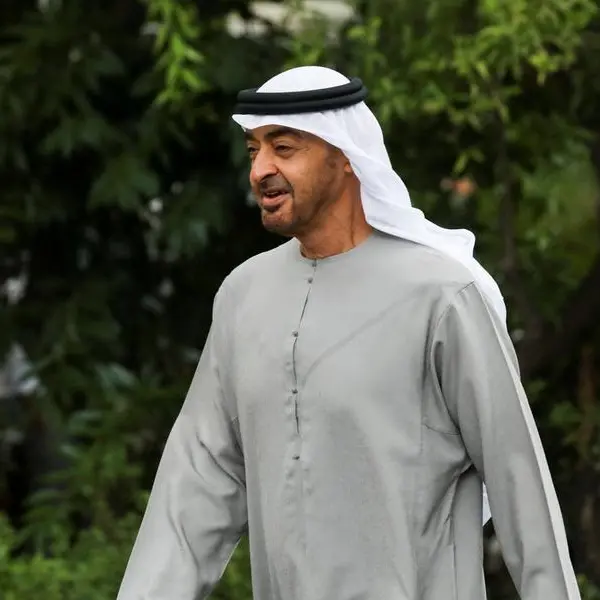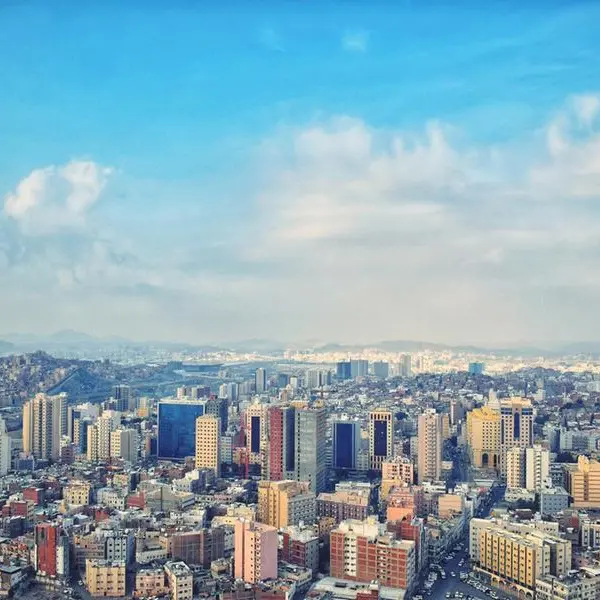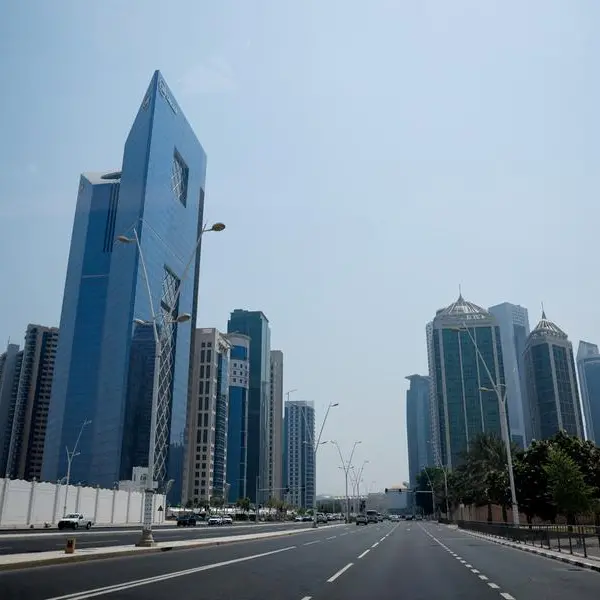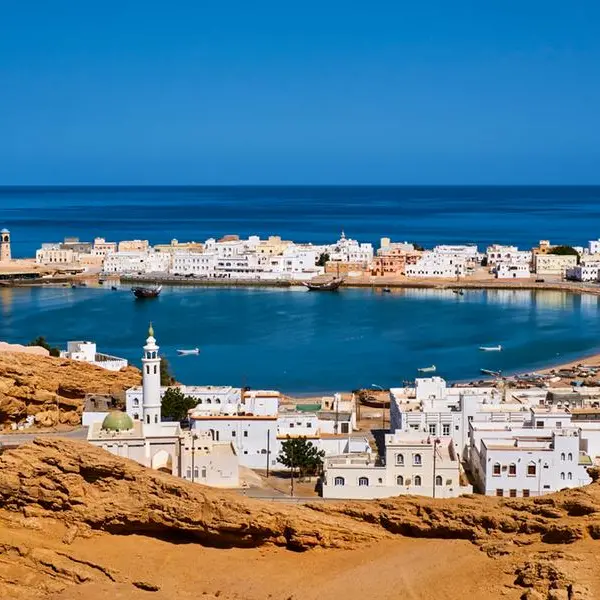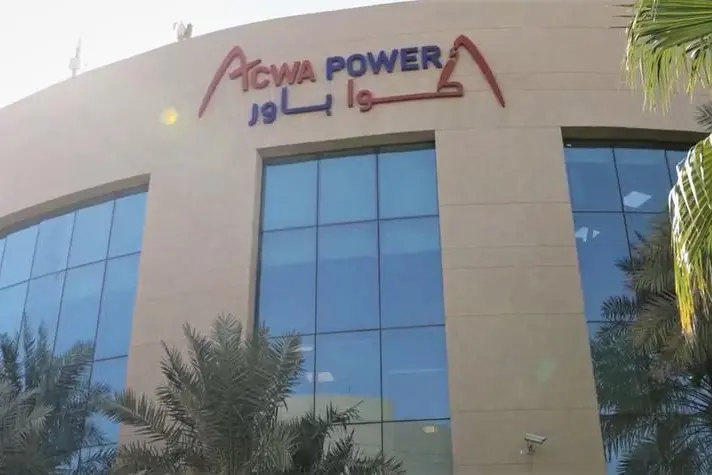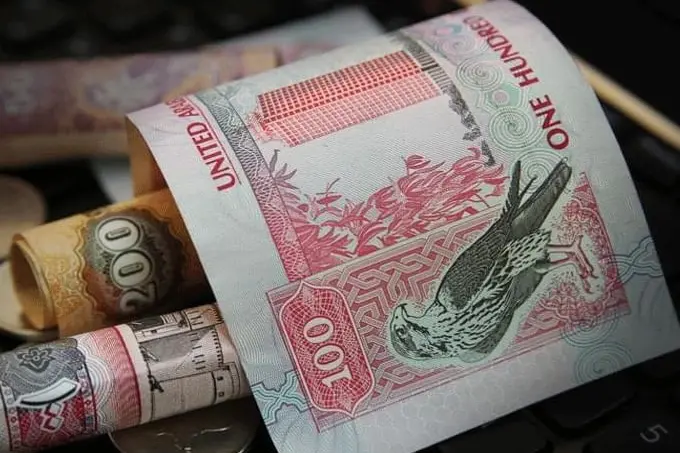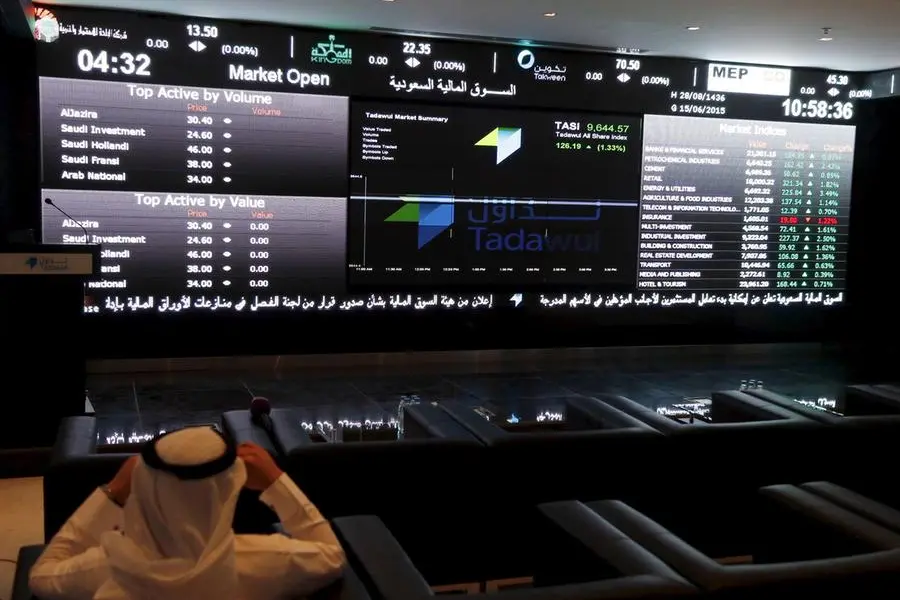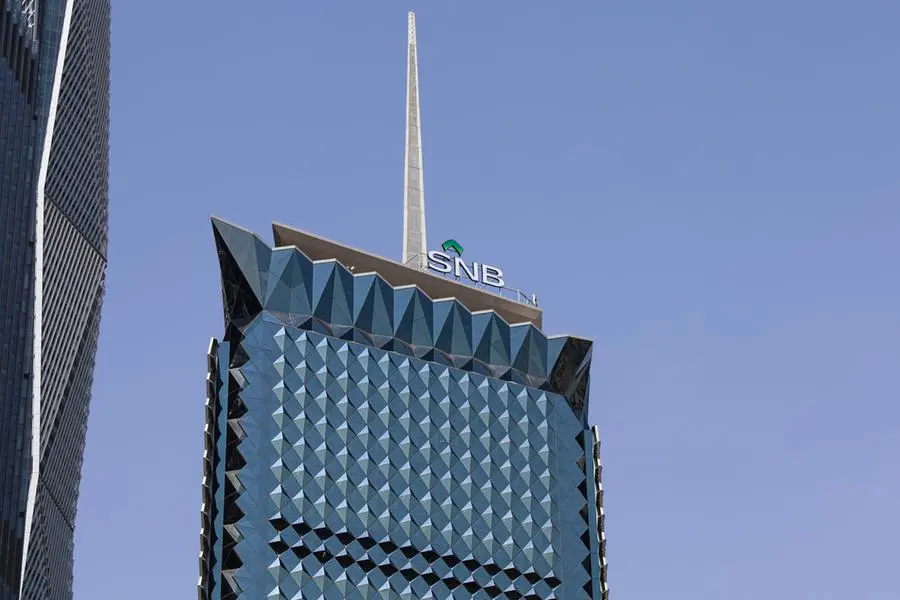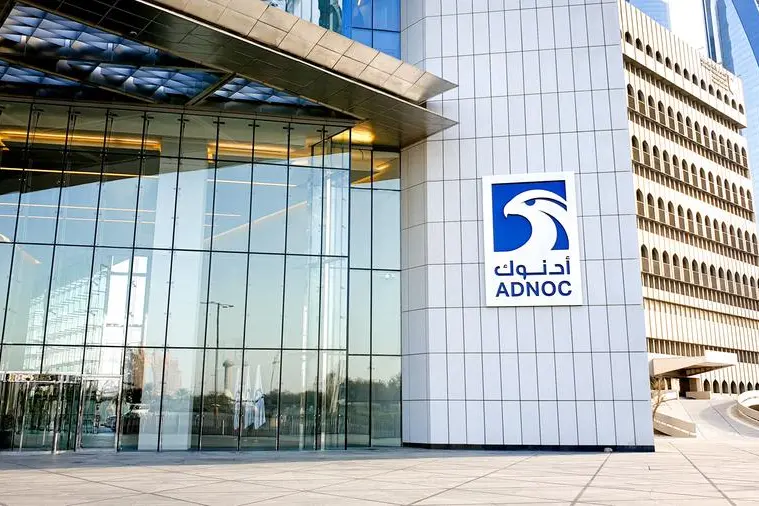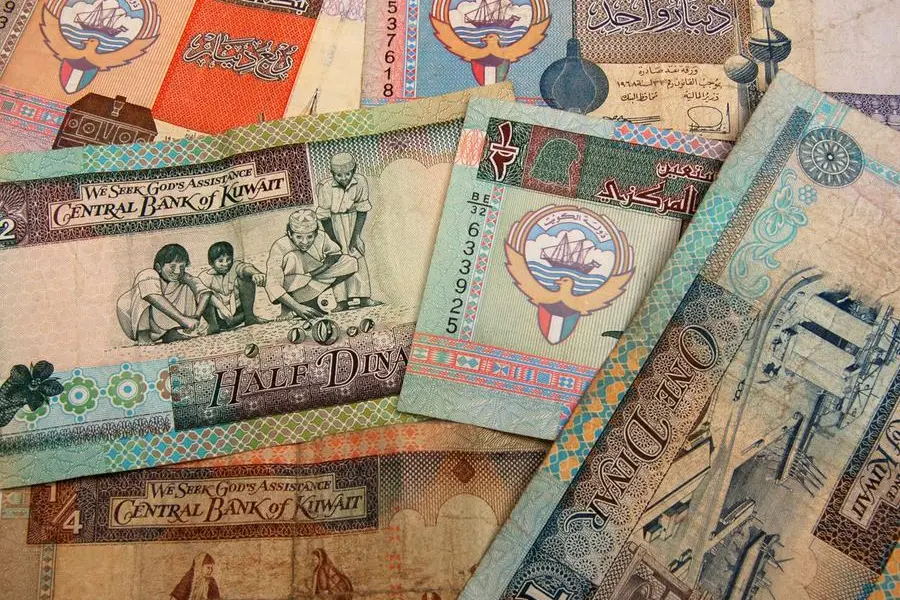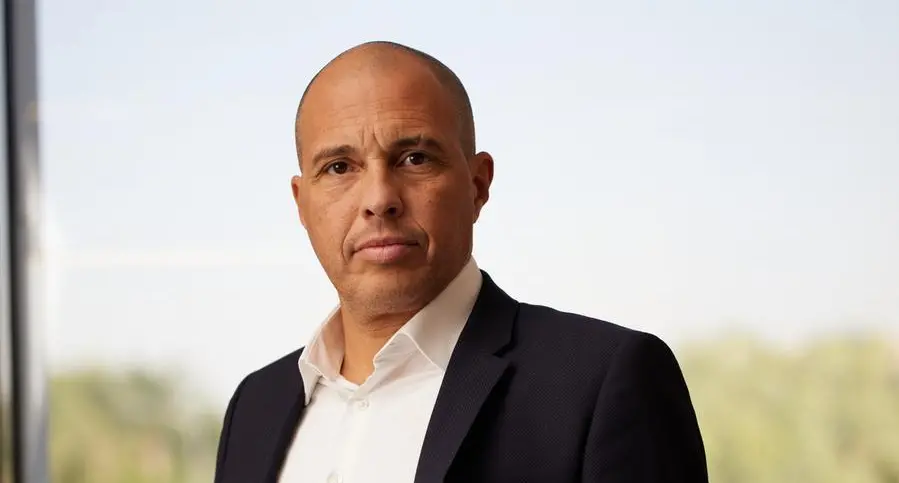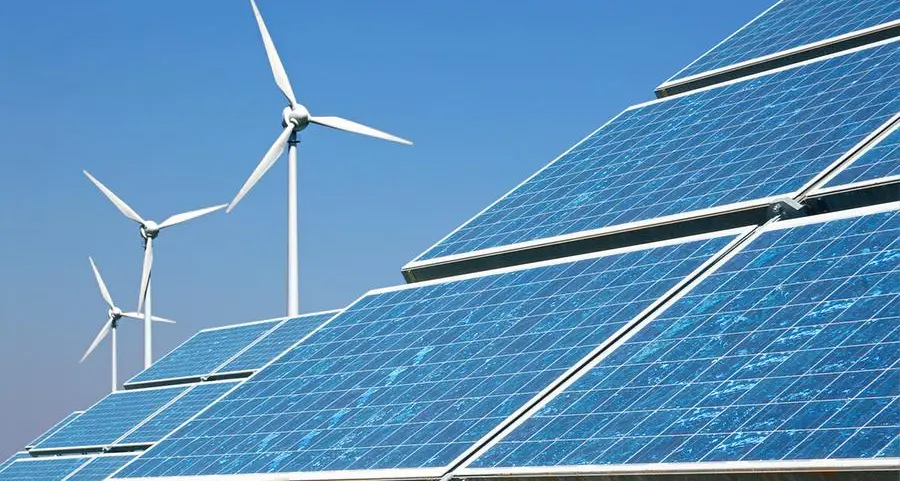PHOTO
MUSCAT: The establishment of an integrated economic cluster model is key to achieving economic diversification, attracting investments and supporting employment creation, according to Dr Nasser bin Rashid al Maawali, Under-Secretary of the Ministry of Economy.
In an interview with Oman Arabic, the sister Arabic paper of Oman Daily Observer, Dr Al Maawali said the clusters in question are part of the government’s National Economic Diversification Strategy, incorporated within the TANWEEA programme, under the Tenth Five-Year Plan (2021–2025).
Shedding light on the programme, the Under-Secretary said: “The national economy, guided by objectives set out in Oman Vision 2040, aims to achieve an economic transformation by focusing on diversification based on technology, knowledge and innovation.
To accelerate the pace of economic diversification, Oman, under the supervision of the Ministry of Economy, has launched the National Programme for Diversification (TANWEEA), which focuses on enhancing the contribution of non-oil sectors to the national economy.
The programme emphasizes promising sectors such as tourism, manufacturing and technology, aiming to create a significant shift towards a knowledge-based economy driven by innovation and global competitiveness. This strategy strengthens Oman’s ability to adapt to global economic changes and achieve economic sustainability.”
The TANWEEA Programme, Dr Al Maawali stated, serves as a strategic pillar in Oman’s efforts to achieve economic diversification and strengthen the national economy as part of Oman Vision 2040.
It promotes integration between different economic sectors through policies and executive programmes that attract new investments and identify promising investment opportunities, particularly for small and medium enterprises (SMEs).
Besides supporting Oman’s Tenth Five-Year Plan, TANWEEA also aligns with the goals of the Eleventh Five-Year Plan, focusing on utilising Oman’s comparative advantages and developing underutilised sectors.
Among the programme’s key outcomes is the launch of strategic projects, such as the economic and financial framework study conducted by the Ministry of Economy regarding Oman’s transition away from oil and gas by 2050.
The study aims to set supportive policies for developing promising sectors like fisheries, mining industries and green hydrogen, alongside developing integrated infrastructure initiatives such as ports and logistics supply chains.
Additionally, the programme proposes the establishment of five integrated economic clusters in various regions to boost development and attract investments. The first is the Najd Agricultural Cluster in Dhofar, which aims to establish an agricultural-industrial food city to enhance food security.
Announced in 2023, the initiative is spearheaded by OIA’s investment arm Oman Food Investment Holding Company (Nitaj), in collaboration with the Ministry of Agriculture, Fisheries and Water Resources.
The cluster aims to develop a comprehensive economic system by integrating all industrial, logistical and agricultural facilities.
Likewise, the Duqm Logistics Cluster within the Special Economic Zone at Duqm (SEZAD), seeks to leverage Duqm’s deep-sea port, airport, road infrastructure combined with its proximity to Middle Eastern, East African and Indian markets, to attract global investments in logistics and industry.
2022 © All right reserved for Oman Establishment for Press, Publication and Advertising (OEPPA) Provided by SyndiGate Media Inc. (Syndigate.info).
